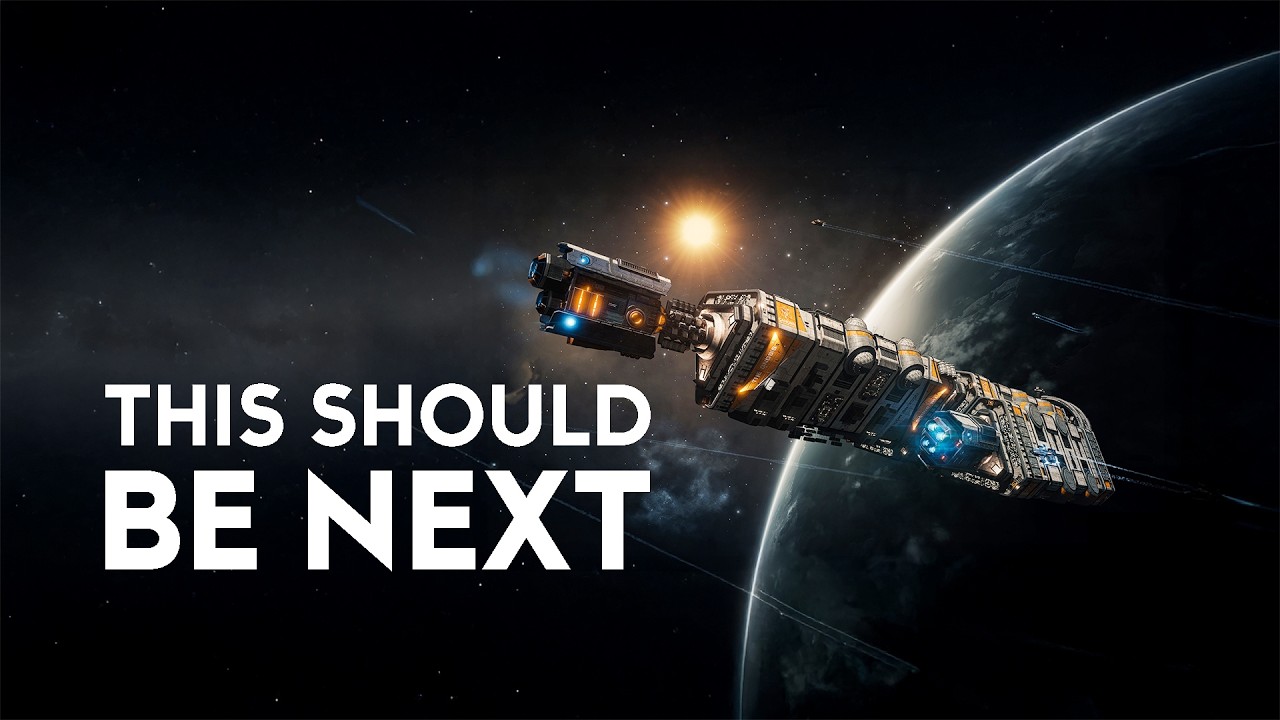The video discusses the potential for a second-generation, player-controlled economy in Elite Dangerous, centered around colonized systems with detailed resource gathering, manufacturing, and construction. This new industrial sandbox would operate alongside the existing economy, offering players deeper control over colony development and resource management without disrupting the current BGS-driven system.
The video explores the possibility of introducing a second-generation economy in Elite Dangerous, emphasizing the game’s recent shift towards more player-driven content. While players can now claim star systems, establish outposts, and create private networks of stations, the core economy remains a background simulation influenced by the BGS (Background Simulation). The creator proposes a new, player-controlled microeconomy within colonized systems, which would operate independently from the legacy markets and the existing macroeconomic system, offering fresh gameplay loops centered around resource gathering, manufacturing, and construction.
This secondary economy would function as an industrial sandbox inside player-founded colonies, focusing on physical goods mined, refined, and assembled by players. Unlike the current system, where commodities appear and disappear based on BGS influences, this new layer would allow players to directly own and control supply chains, such as mining asteroids for specific resources, salvaging materials from derelicts, and feeding these into fabrication bays. The process would involve a series of human-driven steps—gathering, manufacturing, transporting, and installing—adding a tangible sense of labor and persistence to colony expansion.
The concept envisions expanding the current colonization system without replacing it, adding infrastructure that enhances player agency in developing colonies. This new layer would be tied to existing stations but would focus on expanding and customizing colonies through detailed construction and resource management. It would introduce gameplay loops like deep core mining, biological harvesting, and convoy escort missions, where risks are tangible and rewards meaningful. Players could see their contributions reflected in physical structures, such as modules being bolted onto colonies, creating a lasting legacy of their efforts.
Implementing such a system would be complex and require careful design to avoid disrupting the current economy and BGS. The proposal suggests limiting this secondary economy to newly colonized systems rather than existing stations, making it easier for Frontier to manage and avoid interfering with the established faction influence mechanics. The existing BGS would remain untouched, continuing to handle faction influence, commodity prices, and state changes, while the new industrial layer would be a dedicated space for player-driven construction and resource management, enhancing the depth and personalization of colony development.
Overall, the creator sees this idea as a natural progression for Elite Dangerous, especially following the recent focus on colonization and player stewardship introduced in Trailblazers. By adding a player-controlled industrial layer, the game could offer more meaningful control and long-term investment for commanders, turning colonization into a truly collaborative effort. While acknowledging the challenges, the proposal emphasizes that such a system would align with the game’s current trajectory and could significantly expand the scope of player agency, making Elite Dangerous even more immersive and player-centric.
